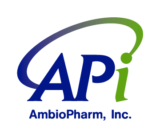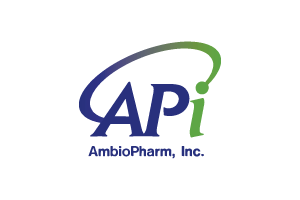Ions are formed by the addition of or removal of electrons, forming a net positive or negative charge. A counterion is an ion that is the opposite charge of another ion in solution. Peptides with free amines are found as positive ions (or cations) and will attract to negative counterions (anions) in solution.
Peptides form salts if they contain a free amino group (found in a free N-terminus or on a side chain that has a free amine, for example, Arg, Lys, and His), and most peptides bind to these counterions and are lyophilized in the form of the corresponding salts. Exceptions are those that do not have basic amino acids such as Arg, Lys, His, and those with a blocked N-terminus (such as by acetylation).
Synthetic peptides that are purified by RP-HPLC are usually obtained as TFA– (CF3COO– or trifluoroacetate) salts due to the HPLC buffer used, but we can also obtain AcO– (acetate) or HCl (hydrochloride) salts. Basic amino acid residues and the free N-terminal amine of the peptide are protonated and have TFA– or AcO– or Cl– counterions depending upon the final lyophilization buffer.
The vast majority of peptide APIs are produced as acetate salts.
On rare occasions, they may also be prepared as HCl or Na+ salts. AmbioPharm can accommodate your chosen salt form requirements.
Learn more about this topic from our other peptide FAQs:
Which salt form should I choose for my peptide?
Other useful content:
The Role of Counter-Ions in Peptides—An Overview
Interested in learning more about Peptide Manufacturing? Contact Us.

 中文
中文